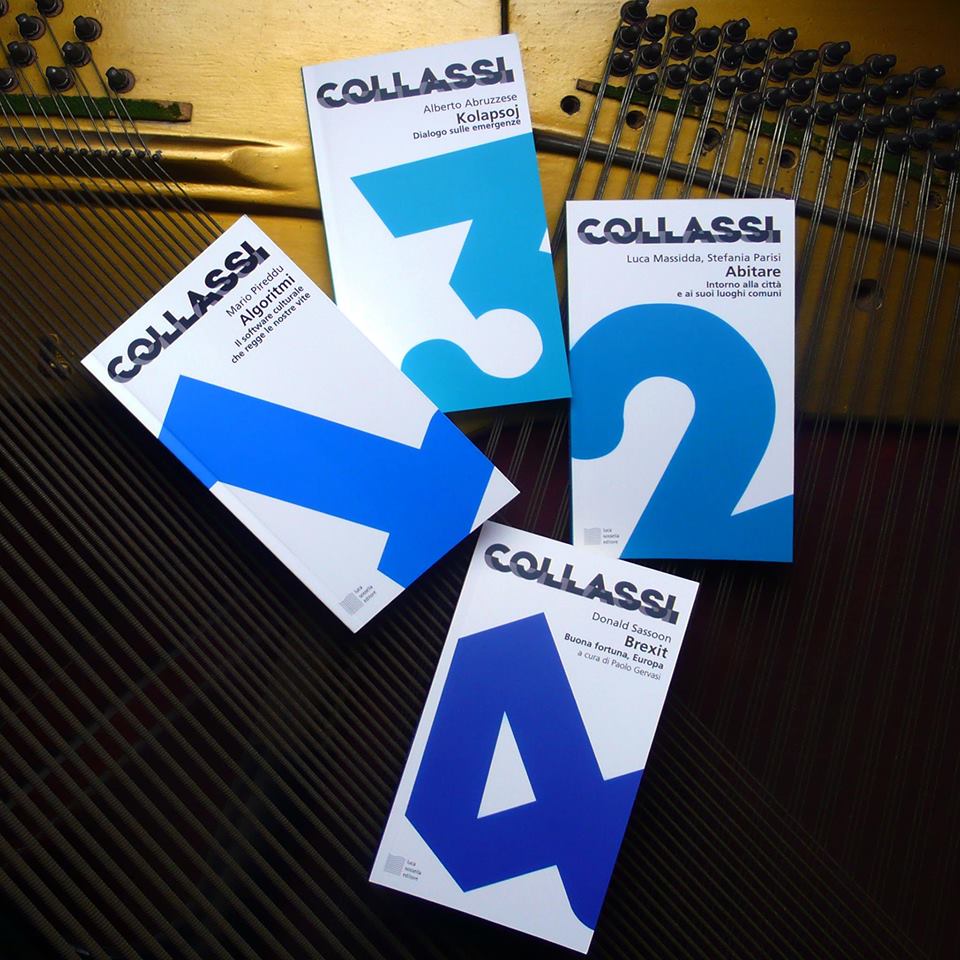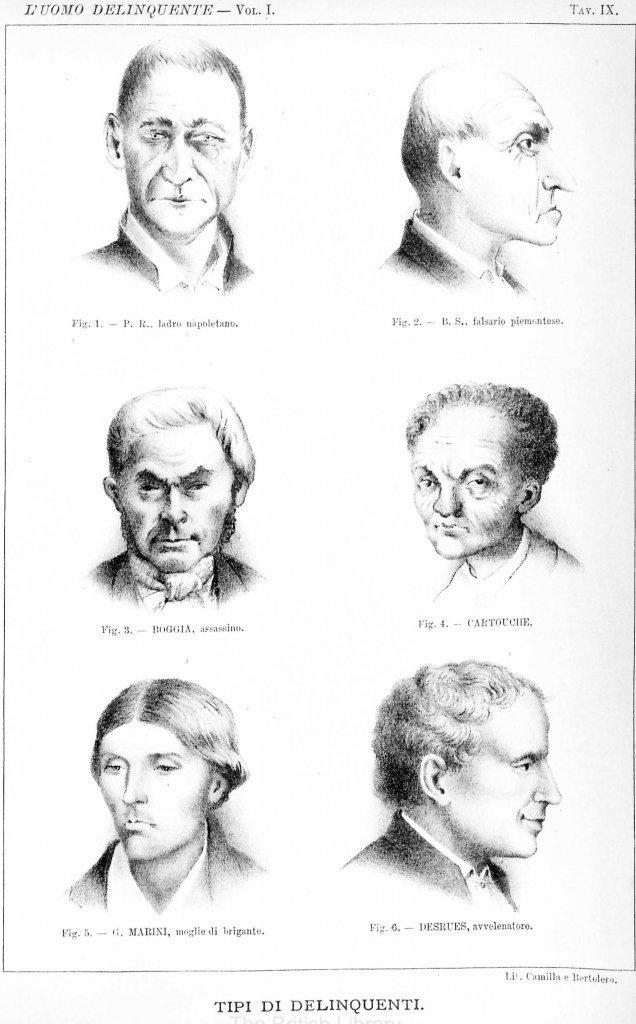I’m pleased to announce the release of the new issue of the journal Emotions: History, Culture, Society, which includes my article Anger as Misshapen Fear: Fascism, Literature, and the Emotional Body. 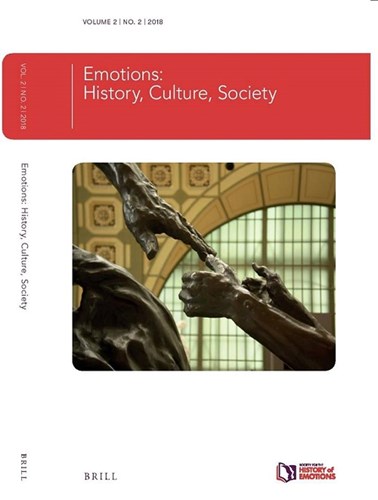
Category Archives: Illustrations
Caricature as emotional knowledge
I publish here the talk I’ve given at the Mis-Shapings conference last September 13 at Queen Mary University.
Do we believe in physiognomy? Do we believe, as the Italian anthropologist Cesare Lombroso did, that psychological, emotional, moral attitudes of the individuals can be divined by observing the shape and features of the face?
No, of course we don’t. Physiognomy is pseudo-science, dismissed knowledge, superstition. We can’t make assumptions merely relying on appearances. Can we?
Actually, we do. We do it in our daily life, often unintentionally. But even when we look at artworks we allow us to believe in physiognomy. Continue reading
Anger as misshapen fear: fascism and the emotional body
What follows is the text of the paper I gave the 20 June 2017 at the International Conference «Fears and Angers. Historical and Contemporary Perspectives», Queen Mary University, 19-20 June 2017.
Probably Federico Fellini’s Oscar-winning movie, Amarcord, released in 1973, perfectly defines what was supposed to be the, as William Reddy would say, «emotional regime» of fascism. Enthusiasm, faith, happiness, and veneration for the Chief were the dominant public feelings endorsed by fascism. But, despite the public ceremonies being widely, and often sincerely, officiated by Italian people, fascism largely derived consensus from violence and intimidation.
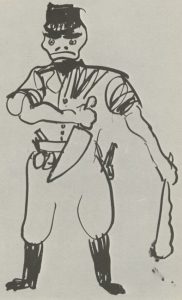
Giacomo Manzù, Black Brigadist, 1943
Ariosto Galaxy: beyond the book
I’m immensely happy to talk about the release of the book Galassia Ariosto. Il modello editoriale dell’Orlando Furioso dal libro illustrato al web, edited by Lina Bolzoni and published by Donzelli.
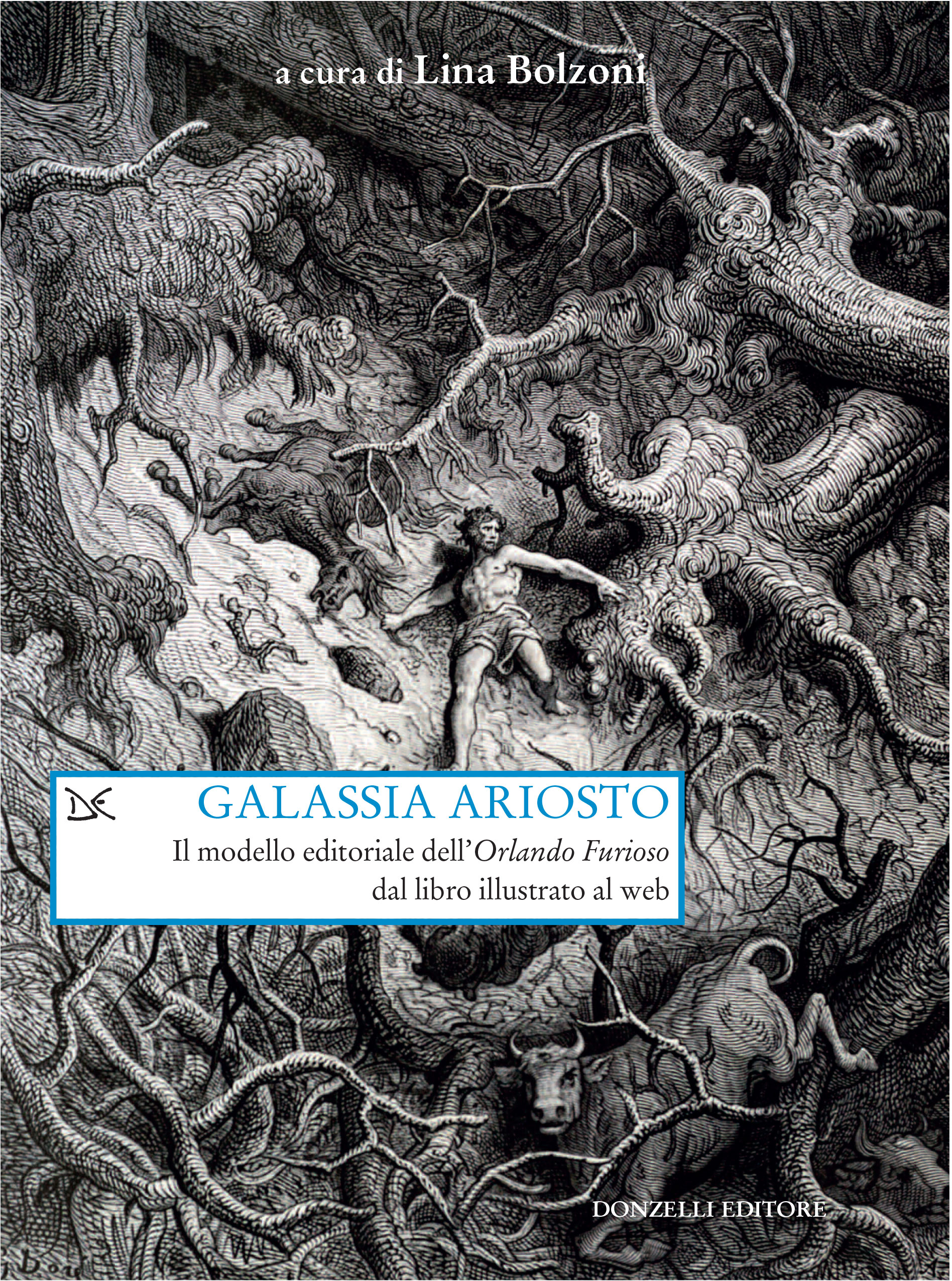
Galassia Ariosto is more than a book: it is the tip of the iceberg of the five-years project Looking at Words through Images run at the CTL – Centre for Data Processing of Texts and Images in the Literary Tradition, Scuola Normale Superiore di Pisa – and dedicated to the editorial galaxy grown during the Sixteenth century around the international success of Ludovico Ariosto’s Orlando Furioso. Particularly, the project addressed the spreading of illustrated books and the network of relations this editorial format established between texts and images.
Breaking news! Media and caricature in Bontempelli’s literature
I just published the essay “Edizione straordinaria! Bontempelli e la cognizione della Grande Guerra”, within the volume Dal nemico alla coralità. Immagini ed esperienze dell’altro nelle rappresentazioni della guerra degli ultimi cento anni, edited by Alessandro Baldacci (Firenze: LoGisma, 2017).
The essay analyses two novels by the Italian writer Massimo Bontempelli, La vita intensa (1920) and La vita operosa (1921). I look at how these literary texts represent the «intense life» of the post-WWI metropolis, in whose spaces an analogy is established between the violence of war and the violence of peacetime dominated by the semiotic aggressiveness of modernity. Particularly, the psychic pressure of war seems to be extended by the pressure of the media system, which in those years was sky-rocketing and becoming increasingly complex and widespread.
Bontempelli’s two experimental novels are first published serially in two different magazines: «Ardita», a graphically dynamic and modern magazine issued monthly with the newspaper «Il Popolo d’Italia», in the case of La vita intensa.
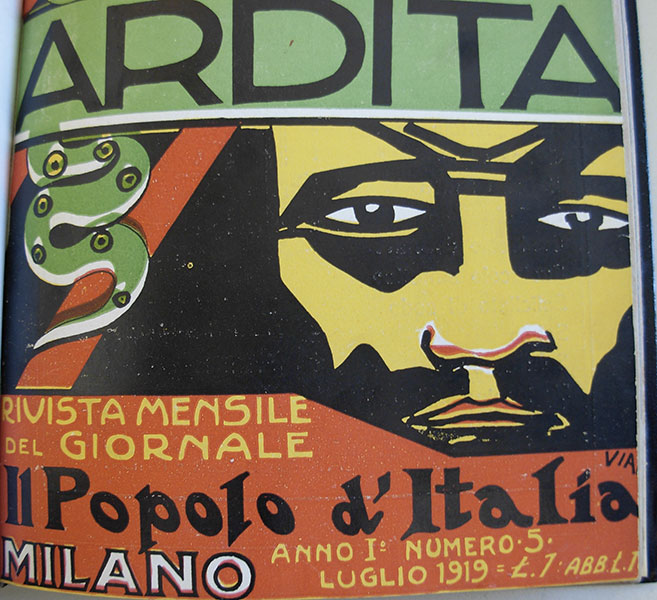
«Ardita»’s cover designed by the artist Lorenzo Viani
«Industrie Italiane Illustrate», a journal funded by industrial companies, in the case of La vita operosa, which interestingly is a novel that largely satirises the way capitalism affects the human existence at the point that even bodies and minds are shaped by its force.
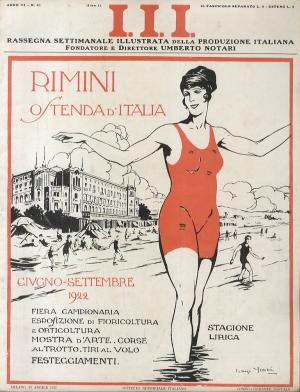
Brexit. Good night and good luck, Europe
I recently interviewed the historian Donald Sassoon on Brexit and the (poor) political situation in Europe. Our dialogue will introduce a book titled Brexit. Buona fortuna, Europa, published by Luca Sossella Editore within the new series Collassi, directed by Luca Massidda and Mario Pireddu and dedicated to the analysis of contemporary emergencies: disruptions of the past, crises of the present, and symptoms of the future.
